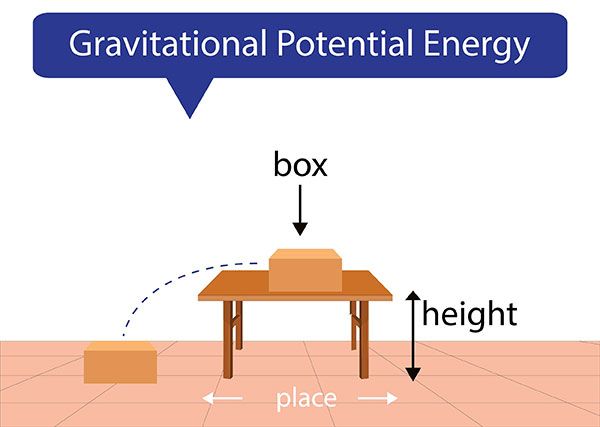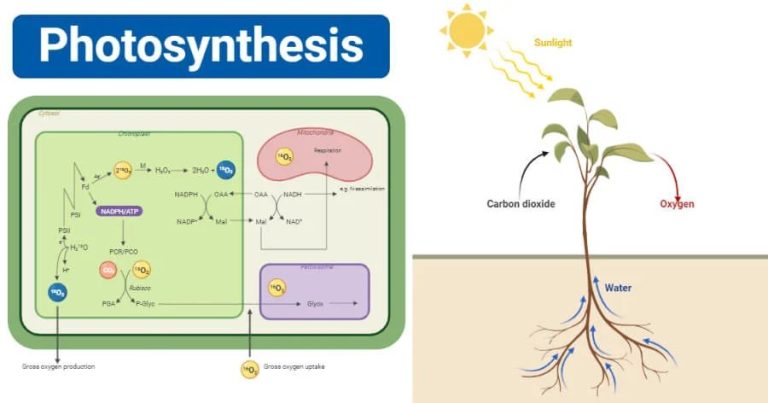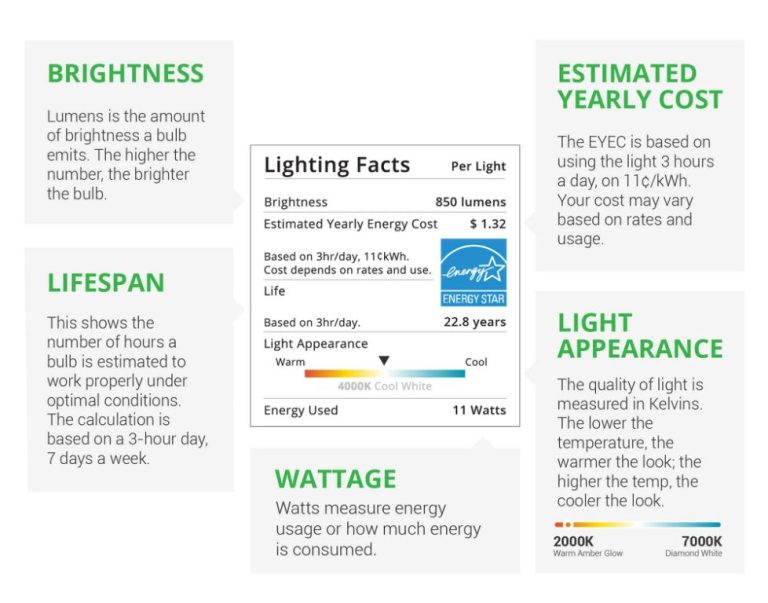What Is The Energy Stored In Objects Held Above The Ground?
What is Potential Energy?
Potential energy is the stored energy that an object has based on its position or state. For example, a ball held in the air has potential energy due to gravity. When it is allowed to drop, this potential energy gets converted into kinetic energy as the ball speeds up. The key thing to understand about potential energy is that it is energy that is “stored” in an object due to its configuration.
Potential energy represents stored energy, waiting to be released. It is energy that is “locked into” an object or system based on the positioning or state of something. For example, lifting a ball into the air stores energy in it that can later be released as the ball falls. Other examples include energy stored in springs, charged batteries, and objects held at high altitude. The potential energy is converted into kinetic energy when released.
In summary, potential energy refers to stored energy in an object due to its position or configuration. This energy has the potential to be converted into other forms like kinetic energy when released from the stored state.
Gravitational Potential Energy
Gravitational potential energy depends on an object’s height. The higher the object is above the ground, the more potential energy it possesses. This is because the object has the potential to fall under the influence of gravity. As gravity pulls the object down, it accelerates and gains kinetic energy. The potential energy gets converted into kinetic energy as the object falls. For example, if you hold a book 1 meter above the ground, it has more potential energy than if you hold it 0.5 meters above the ground. This is because at 1 meter high, the book has the potential to fall farther and gain more kinetic energy. The potential energy comes from the gravitational force acting on the book’s mass. The equation for gravitational potential energy is PE=mgh, where m is mass, g is the gravitational acceleration constant, and h is the height above the ground. This shows that the more massive the object and the higher it is, the more potential energy it will have.
Examples of Gravitational Potential Energy
Gravitational potential energy can be seen in many everyday examples. Here are a few common instances:
When holding a book above the ground, the book has gravitational potential energy that can be converted to kinetic energy if it is dropped. The higher the book is held above the ground, the more potential energy it possesses. This is because gravity will accelerate the book faster over a larger distance.

Water held behind a dam also contains gravitational potential energy. The water in the reservoir has potential to fall through the dam and spin turbines to generate electricity. Engineers calculate the potential energy based on the mass of water and height of the water behind the dam.
Objects placed on shelves or surfaces above the ground have gravitational potential energy as well. If an object falls off a shelf, that potential energy is converted into kinetic energy, or motion, as gravity accelerates the object toward the floor. The higher the shelf, the greater the object’s potential energy.
Converting Potential to Kinetic Energy
One of the key properties of potential energy is that it can be readily converted into kinetic energy. Kinetic energy is the energy of motion – it refers to the work needed to accelerate an object to a certain speed.
A classic example of converting potential to kinetic energy is dropping an object. When you hold an object above the ground, it possesses gravitational potential energy due to its elevated position. If you then drop the object, gravity will accelerate it downward. As it falls, the potential energy is converted into kinetic energy as the speed of the object increases. When the object hits the ground, the kinetic energy from the velocity of impact may be converted into sound, heat, or deformation energy.
Other examples include stretching a spring or rubber band and then releasing it, lifting an object and then letting it swing downward under gravity, or holding a pendulum at an angle before releasing it. In each case, the potential energy from the initial configuration is converted into kinetic energy of motion once the system is allowed to move freely.
Understanding the transfer between potential and kinetic energy is very useful in physics and engineering. It allows predicting and calculating the velocities of objects after falling distances, the behavior of springs and pendulums, and more based on their initial potential energy.
Real World Applications
Gravitational potential energy can be observed in action in many real world applications. Here are some examples:
Pumped Storage Power Plants
These plants store energy by pumping water from a lower reservoir to an upper reservoir when electricity demand is low. When demand is high, the water is released back down to turn turbines and generate electricity. The water’s potential energy gets converted to kinetic energy as it falls.
Roller Coasters
At the top of a roller coaster hill, the train has maximum gravitational potential energy. As the train speeds down, this potential energy converts to kinetic energy, resulting in high speeds. The train is then pulled up the next hill, building potential energy once again.
Archery/Catapults
When an archer draws back a bow or a catapult is stretched back, elastic potential energy builds up. When released, this potential energy converts to kinetic energy as the arrow or projectile flies through the air.
Activities to Demonstrate Potential Energy
Potential energy can be easily demonstrated through hands-on activities and experiments. Here are some fun ways to see gravitational potential energy in action:
Dropping weights from different heights
Take objects of equal mass, like metal washers or marbles, and drop them from low and high starting points. The higher the starting point, the faster the object will be traveling when it hits the ground, demonstrating that the object had more potential energy from its elevated position that converted into kinetic energy.
Lifting objects to store energy
Fill identical buckets with weights or rocks. Lift the buckets to different heights and have students predict which bucket will do the most work. Then, release the buckets and observe that the bucket released from the higher starting point hits the ground with the most force, using its stored potential energy.
Rolling balls down ramps
Use ramps set at different angles and release a ball from the same starting height. The steeper ramp will allow the ball to pick up more speed, indicating the ball gained more potential energy before converting to kinetic energy. Have students calculate the potential energy based on the ball’s mass, gravity, and height.
Importance and Impacts
Potential energy is a key scientific concept that has had broad impacts across many fields. Understanding how objects can store energy based on their position unlocks innovations in engineering, construction, energy generation, and more.
For engineers, calculating potential energy is essential for designing structures and systems that are stable, efficient, and safe. Knowing how the position of objects affects their energy helps engineers properly distribute load forces, model failure points, and mitigate risks.
In construction, architects and builders must consider the potential energy in materials, accounting for the stresses and strains on beams, cables, and components held aloft. Proper construction harnesses the potential energy, while unsafe building could lead to collapse and disaster.
For renewable energy like hydroelectric power, potential energy stored in elevated water drives turbines to generate electricity for communities. The same concepts apply for pumped storage plants which pump water uphill and then allow it to fall and generate power when needed.
Across science, engineering, construction, and energy, the potential energy stored in objects based on their position represents a foundational force that has enabled innovations and technologies we rely on today.
Limits and Challenges
While gravitational potential energy has many useful applications, it also comes with some inherent limitations and challenges:
One key challenge is that it can be difficult to store large amounts of potential energy. Objects need to be raised very high in order to accumulate substantial gravitational potential energy. For example, pumping water uphill into a reservoir takes a great amount of energy. There are practical limits to how high objects can be raised.
Additionally, there is inevitably some energy loss that occurs when converting from potential energy to kinetic energy. This is due to inefficiencies and energy dissipated as heat. For example, when water flows from a high reservoir back downhill to turn hydroelectric turbines, some energy is lost due to turbulence and friction in the water’s passage.
While engineers work to maximize efficiency, some percentage of energy loss is unavoidable when transitioning between potential and kinetic states. This conversion process cannot be 100% efficient.
In summary, the two main challenges with gravitational potential energy are the difficulty of storing large amounts, and the inevitability of some energy loss during the conversion process. These limitations must be considered when harnessing potential energy in real-world applications.
Comparisons to Other Energy Forms
Potential energy differs from other common energy forms in key ways. Let’s compare it to two other major types of energy: kinetic and electrical.
Kinetic energy is the energy of motion. A moving object contains kinetic energy based on its mass and velocity. Kinetic and potential energy are complementary opposites in many ways. Potential energy is stored energy waiting to happen, while kinetic energy is energy already in motion. The potential energy in a ball held above the ground can be converted into kinetic energy when it is dropped and begins falling. The higher the ball is held initially, the greater the potential energy that can convert into kinetic energy during the fall.
Potential energy also differs from electrical energy. Electrical energy exists in the form of moving electrons and electromagnetic fields, often generated by the motion of charged particles. It powers most of the machines in the modern world. Potential energy is stored in objects through their position and configuration, not through electromagnetic phenomena. However, there are some similarities. Both potential and electrical energy can build up in storage over time and later release in bursts. For example, a battery stores electrical potential that can discharge rapidly to power devices. Similarly, water behind a dam accumulates gravitational potential energy over time that can release suddenly if the dam breaks.
In summary, potential energy is unique in being stored based on an object’s position rather than its motion or electrical properties. But it can convert into kinetic motion or sometimes generate electrical energy under the right circumstances.
Summary and Key Takeaways
Potential energy is the energy stored in an object due to its position or configuration. The most common form is gravitational potential energy, which is the energy stored in an object due to its height above the ground. Some key takeaways about potential energy include:
- Potential energy is stored energy that can later be converted into kinetic energy. The higher the potential energy, the more kinetic energy can be produced when released.
- Gravitational potential energy depends on the mass of an object, gravity, and height above the ground. More massive objects held higher above the ground have greater potential energy.
- Potential energy is central to physics and engineering as it allows conversion between energy types. Understanding potential energy is key to designing systems that utilize mechanical energy.
- Potential energy has many practical applications. It is used in hydroelectric dams, roller coasters, archery bows, and any system that involves objects being moved against gravity.
- While infinite potential energy does not exist, there are limits to how much can be stored based on height and mass constraints. Potential energy is most impactful when rapidly converted into large amounts of kinetic energy.
In summary, potential energy is a fundamental concept in physics that enables the storage and use of mechanical energy in many everyday systems and engineering applications.




